No products in the cart.
The Costa Rican strain isn’t much to look at. Still, it’s relatively easy to cultivate and is resistant to contamination — making it perfect for intermediate growers looking for an interesting wild strain to grow.
The real question is if the strain is as active as the Volcano in which it was discovered. The truth sadly, is probably not.
Tryptamine testing has shown that this strain has about average potency. Its saving grace is that it’s relatively easy to get high yields of healthy shrooms over the course of several flushes.
The fruiting bodies of the Costa Rican strain are about as “normal” as they could be. They’re medium to large, with the cap ranging between 20 and 70 millimeters and the stem around 150 to 200 millimeters in length. The stems are light yellow, and the caps are golden, turning brown through maturity.
Although the Costa Rican shroom isn’t particularly potent, it has a nice euphoric and entactogenic effect. Waves of warm energy flow over the body, and light visual hallucinations can be noted.
Arenal Vulkanen Magiska Svampar Specs
| Potency | Average 🍄 |
| Cultivation | Intermediate |
| Species | Psilocybe cubensis |
| Substrate Recommendation | Rye Grain, BRF, Manure |
| Cost | $$ |
| Sold By | Ralphsters Spores, Spores 101, The Magic Mushrooms Shop |
History of the Arenal Vulkanen Magiska Svampar Strain
The Costa Rican strain was discovered in, you guessed it, Costa Rica. More specifically, it was discovered in the foothills of the famous Arenal Volcano — an active andesitic stratovolcano located outside the town of La Fortuna.
Supposedly, the infamous mycologist and frequent Shroomery user named “Rhino” found the strain, domesticated it, and introduced the spores to the market.
Although the Costa Rican strain was discovered in a tropical country, this shroom favors colder temperatures. It thrives naturally at around 1000 to 1200 feet above sea level, where the ground and air temperatures are cooler and less humid. Keep this in mind if you choose to cultivate this strain.
The indigenous people of Costa Rica have been using psychedelic plants and fungi native to the area for centuries. It’s extremely likely that what we now call the “Costa Rican strain” has been used spiritually for thousands of years.
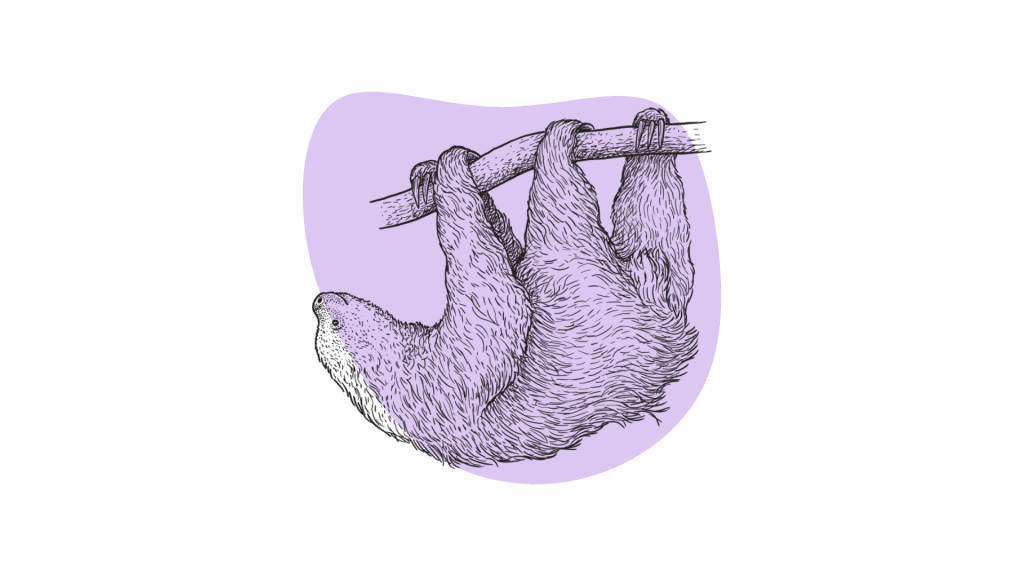
Artifacts have been found that date back to pre-Columbian times in Costa Rica. The National Museum of Costa Rica currently displays two ceramic artworks that resemble psychedelic mushrooms. These artifacts were discovered in the Greater Nicoya region and share several similarities with the Costa Rican strain [
We’ll never truly know whether these artifacts represent the Costa Rican magic mushrooms. However, when looking at the abundance of these mushrooms in the area, it’s very likely that relatives of this strain of Psilocybe cubensis has been used ceremonially here for centuries.
Arenal Volcano Magic Mushrooms Potency & Psilocybin Content
The Costa Rican strain is average in potency. However, many people love this shroom anyway for its effects. With less potency comes less intensity. Many people enjoy this shroom for its light visual stimulation, warm waves of energy, surprisingly strong euphoric effects, and the emotional, empathetic connection it can provide with others.
Although Costa Rican probably isn’t the best choice if you’re looking for a mystical psychedelic experience, it’s fantastic in its own way.
This mushroom is excellent for microdosing and for use out in nature. Due to the desirable but milder effects, a calming and grounding experience can be had without losing much of your inhibition. Feelings of love and spiritual connection make this a great social shroom and potentially a good antidepressant in small doses.
Overall, the effects of the Costa Rican strain make it quite versatile and usable in a variety of situations and occasions. In low to average doses, this can be quite a “social shroom” that uplifts your mood and makes the world seem brighter.
Of course, in higher doses, a proper psychedelic trip is still very possible at doses of 2 grams or higher.
Where to Buy Arenal Volcano Magic Mushrooms Spores
The Costa Rican strain is relatively popular. Costa Rican spores are available from various vendors in the United States, Canada, and Europe. Spores are available in many forms. Prints, spore vials, and sterile spore syringes containing Costa Rican spores are easily obtainable.
For those in the United States of America, the best vendor to source Costa Rican spores from is Ralphsters Spores. This vendor has been around for decades and has a wide variety of Psilocybe cubensis genetics.
For people living in Canada, Costa Rican spores can be purchased from Spores101. This vendor also has a good history and provides various spore samples.
Those living in the United Kingdom and Europe can find Costa Rican spores from The Magic Mushrooms Shop. They deliver a good range of samples across Europe and have a great rapport with their customer base.
How to Grow Costa Rican Mushrooms
Costa Rican spores are relatively easy to cultivate. However, complete beginners may struggle due to the controlled conditions that must be produced to see successful results from the strain.
If you’ve never grown mushrooms before, the easiest and most productive method is PF-Tek. Check out our guide on how to grow magic mushrooms to learn how to implement PF-Tek effectively.
Unlike many other strains of Psilocybe cubensis, the Costa Rican strain thrives in relatively low temperatures. Warm cultivation environments are relatively easy to create indoors. However, creating cooler temperatures can be challenging.
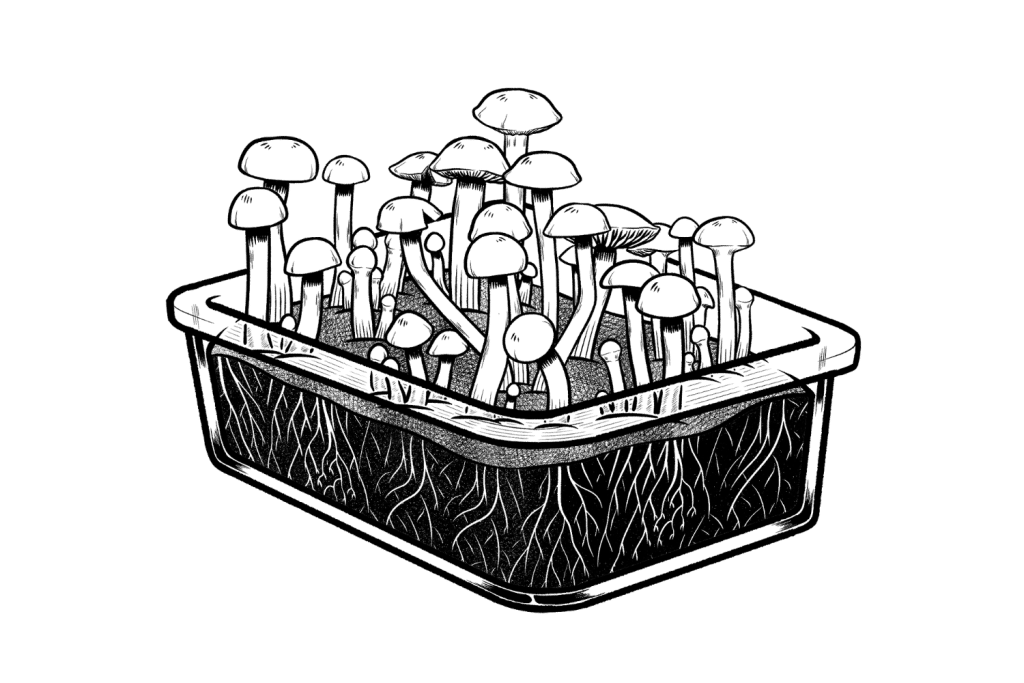
During the incubation phase, keep the inoculated containers of Costa Rican spores at a slightly lower temperature than normal. Ideally, the incubator temperature should not rise above 77℉ (25℃). This may be easily achievable if you live in a cooler climate. However, this may be difficult to achieve for those living in warm environments.
During the fruiting phase, keep the fruiting chamber between 50-64℉ (10-18℃) — with the ideal temperature hovering around 59℉ (15℃). This is even more difficult to achieve if you live in a hot country.
Of course, the Costa Rican strain will cope with some temperature fluctuations. Still, if it gets too hot in either of the cultivation phases, you risk prolonging colonization or stunting the fruiting process, leading to several aborts and an unsuccessful harvest.
Costa Rican grows well on BRF (brown rice flour) cakes, rye grain, or pasteurized manure.



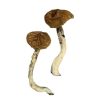
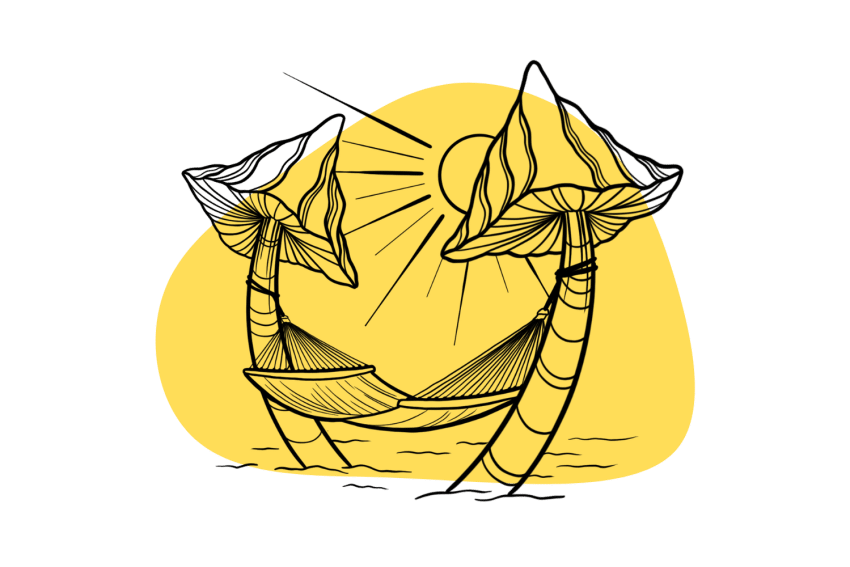


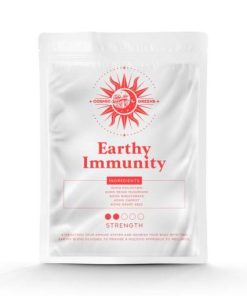






Reviews
There are no reviews yet.